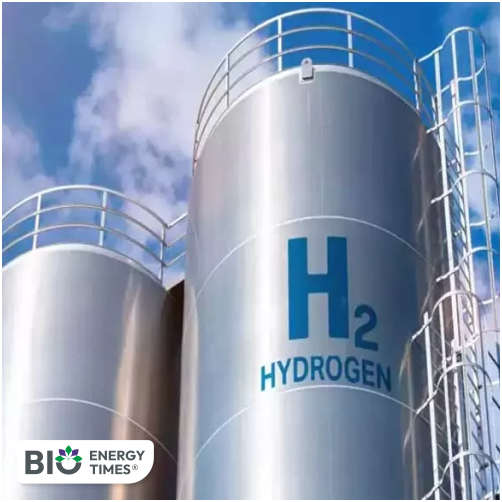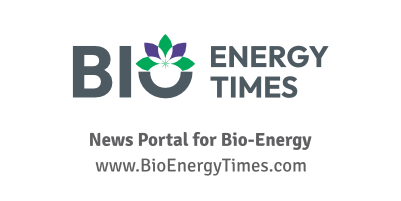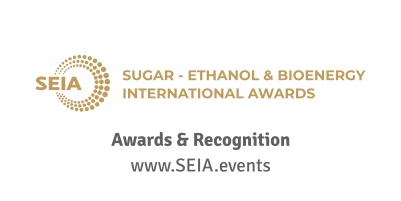Australia’s ambitions for a green hydrogen-led energy future have suffered a significant setback following the collapse of the country’s largest hydrogen initiative, the Central Queensland Hydrogen Project (CQ-H2), according to the news report by Sky news.
The $12.5 billion venture, which began development in 2018, was spearheaded by the state-owned Stanwell Corporation in partnership with Japanese and Singaporean companies. The project aimed to produce up to 200 tonnes of liquefied hydrogen per day by 2028, scaling up to 800 tonnes by 2031.
However, momentum was lost earlier this year when Queensland’s newly elected LNP government, led by David Crisafulli, withdrew its support. The previous Labor administration had backed the project. As The Australian reports, Stanwell sought a new funding partner after the state government rejected a $1.6 billion funding proposal—but those efforts ultimately proved unsuccessful.
As per the media report, in a statement, Stanwell confirmed it had withdrawn from the initiative:
“Stanwell has discontinued its involvement in the CQ-H2 project and other hydrogen development activities.”
The company acknowledged the project had delivered “valuable international collaboration” and contributed key technical insights for the potential commercialisation of renewable hydrogen at scale.
Japanese utility Kansai Electric Power Company had already exited the project in November last year, further weakening the consortium.
According to the project’s official website, CQ-H2 was expected to attract $9 billion in foreign direct investment, generate $14.5 billion in export revenue, and inject nearly $9 billion into Central Queensland’s economy, while creating over 1,000 direct and indirect jobs.
The project’s demise coincides with the Albanese government’s efforts to ramp up green hydrogen production as part of its “Future Made in Australia” initiative. The federal plan includes a Hydrogen Production Tax Incentive worth over $6.5 billion, offering $2 per kilogram for renewable hydrogen produced between 2027-28 and 2039-40, the news report further added.
Despite these national ambitions, the collapse of CQ-H2 highlights growing concerns over the viability of Australia’s hydrogen roadmap. The Australian previously reported that 99 per cent of forecast capacity from announced green hydrogen projects remains stalled at the concept or approval phase.
Meanwhile, the CSIRO has identified at least 61 previously proposed hydrogen projects that have since been “archived.” Earlier this year, South Australian Premier Peter Malinauskas also shelved plans for a nearly $600 million hydrogen facility.
This latest setback comes as the federal government continues to tout progress in the sector, noting that “more than 100 projects” have been announced since 2019 in its most recent National Hydrogen Strategy report. However, with many projects either discontinued or indefinitely delayed, questions are mounting about the pace and substance of Australia’s transition to a net-zero economy.
The Albanese government aims to achieve around 94 per cent renewable energy by 2050, with the remainder coming from gas and storage solutions.














